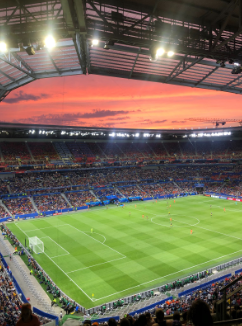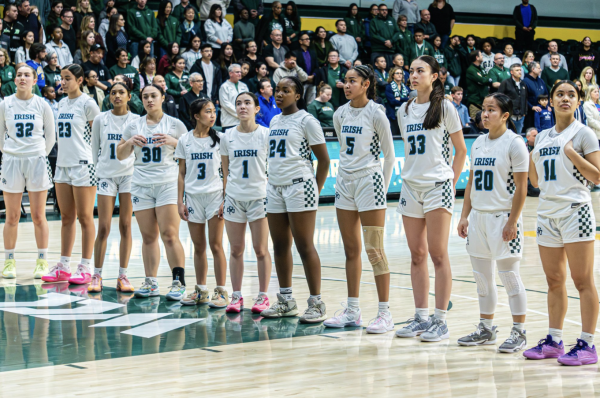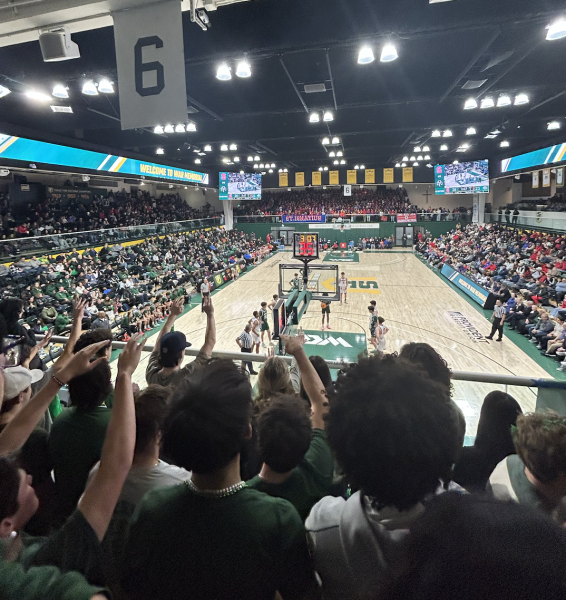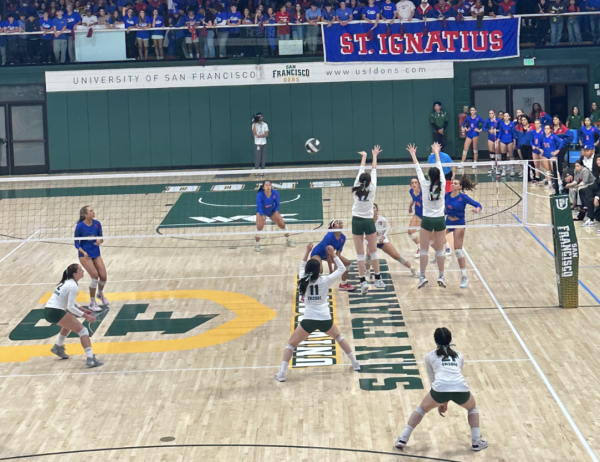Equal Play, Equal Pay


Since 1963 the Equal Pay Act has required that all genders be paid equally for equal work. So why do nearly all women’s sports teams earn significantly less than their male counterparts? Of the world’s 100 highest paid athletes, only one woman, Serena Williams, makes the cut.
Currently, all across the globe, men, women, and children wait in anticipation as to who will bring home the trophy in the 2019 Women’s World Cup, completely unaware of the underlying struggles these women face amidst their fight to victory. As we cheer on our three-time World Cup champions, the US Women’s National Team (USWNT), I encourage you also to cheer for their fight against the U.S. Soccer Federation for equal pay and representation. Though the US women’s national soccer team performs exceedingly better than the men’s team, plays more games, earns more revenue, and has gained three World Cup championships and four Olympic gold medals – opposed to the male team who has never won the World Cup – , are paid only 38% of what the USMNT makes. Disappointingly, when questioned about the USWNT’s fight for equal pay, goalkeepers Sean Johnson, Tyler Miller, and Zack Steffan, and defenders Reggie Cannon and Omar Gonzalez of the USMNT gave no comment on the matter.
In March of 2019, the team filed a lawsuit against the U.S. Soccer Federation under the Equal Pay Act and Title VII of the Civil Rights Act based on the visible gender discrimination. Though this is a clear and concrete step forward in establishing increased gender equality in the United States, according to the World Economic Forum, over 145 countries have documented a gender pay gap and the pay difference extends into numerous sports including basketball, where NBA players received an average salary of $6.4 million and the WNBA of $71,635. Even if both soccer teams suddenly earned the same salary, the pay discrepancy is still visible in endorsements and scholarships. Female sports teams are consistently neglected and underrepresented in modern media, and when they are represented in mainstream magazines such as sports illustrated, they are sexually objectified for profit, and illustrated in conformity to the artificial norms of femininity, which is supposedly bikinis and revealing clothing. The visible gap between men and women in sports exposes, on a much larger scale, the necessary fight for gender equality in all aspects of life.













